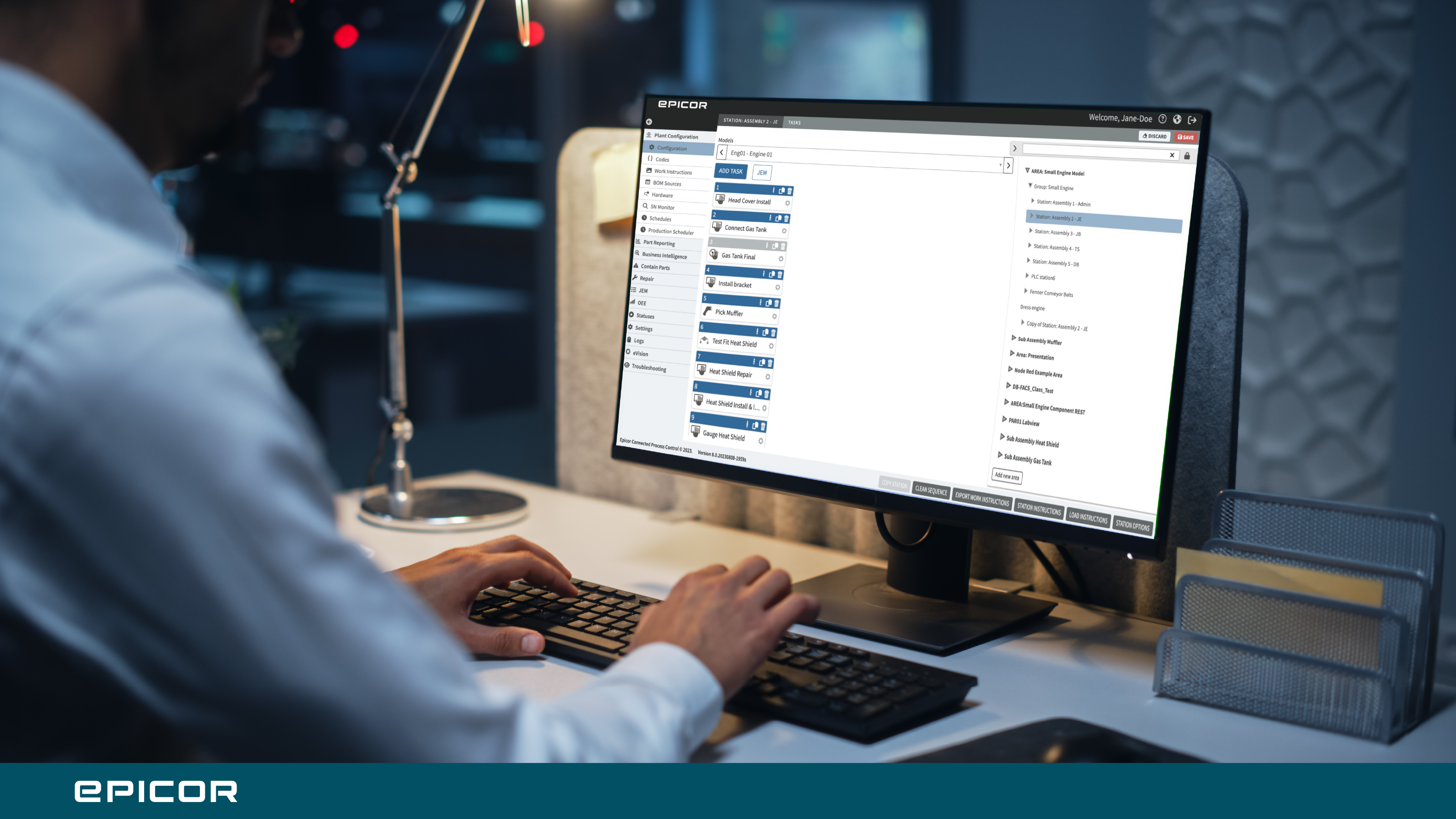Digital Twins
by Dan McKiernan, on Dec 11, 2023 4:33:04 PM
The role of the digital twin in your company, your process, and your production environment.

At a time when a wave of tech innovation continues to build across the manufacturing space, industry decision-makers are becoming more comfortable with the accompanying flurry of not just new tech, but also new terms. One of those concepts is the digital twin, a phrase that has become ubiquitous for anyone upgrading to a leading connected process control solution for their factory. Solution providers in this space all claim to have some kind of digital twin functionality built into their system. But what does it really mean and why is a digital twin such an important part of a modern, connected production environment? For manufacturers, answering those questions is an important prerequisite for appreciating how this important element of connected process control applies to their work and their production processes.
At a high level, the digital twin is precisely what it sounds like: a virtual copy of its real-world counterpart. In a manufacturing context, a digital twin can be a digital model of a product, a production environment, or a process.
Many people are probably most familiar with the idea of a digital twin at the product design level—where engineers, designers, or architects can design something in a program that allows them to articulate a digital blueprint for a finished part or product that will ultimately be manufactured according to those specifications. Companies that design and build manufacturing lines and workstations also utilize digital twins that enable them to build a model of the physical space. With a digital twin of the production environment, they can model how parts and operators move and how the ergonomics of the space can be improved. They can even run simulations to test different tweaks designed to improve and optimize efficiency, comfort, and ultimately throughput.
For Epicor, the digital twin is our precisely rendered model of the production process. In the same way that a line engineer might create a digital copy of a real-world production environment, every individual element of a manufacturer’s process is reflected in a customized digital twin. From station ID and task sequences, with precise digital labeling, every step is mirrored in the digital twin. With a well-executed digital twin, you can leverage a virtual environment that allows you to see every step in the production process without walking the line. This unlocks an extraordinary degree of utility, ranging from procedural refinements to testing out entirely new production processes before they go into production. This digital backbone makes it easier to identify and correct trouble spots and inefficiencies, facilitates the creation of incredibly effective training environments and experiences, and enables manufacturers to upload new processes or changes with an unprecedented degree of speed and efficiency.
Inevitably, every hot new technology comes with new lingo and buzzwords. It’s always helpful to sort out the rhetorical flourishes from the core concepts, leaving buzzwords behind and making sure that key ideas are demystified and properly contextualized. The digital twin might sound like the former, but it truly is a pivotal piece of the tech innovation puzzle—one that reveals a very different picture of what the future of manufacturing is already starting to look like.